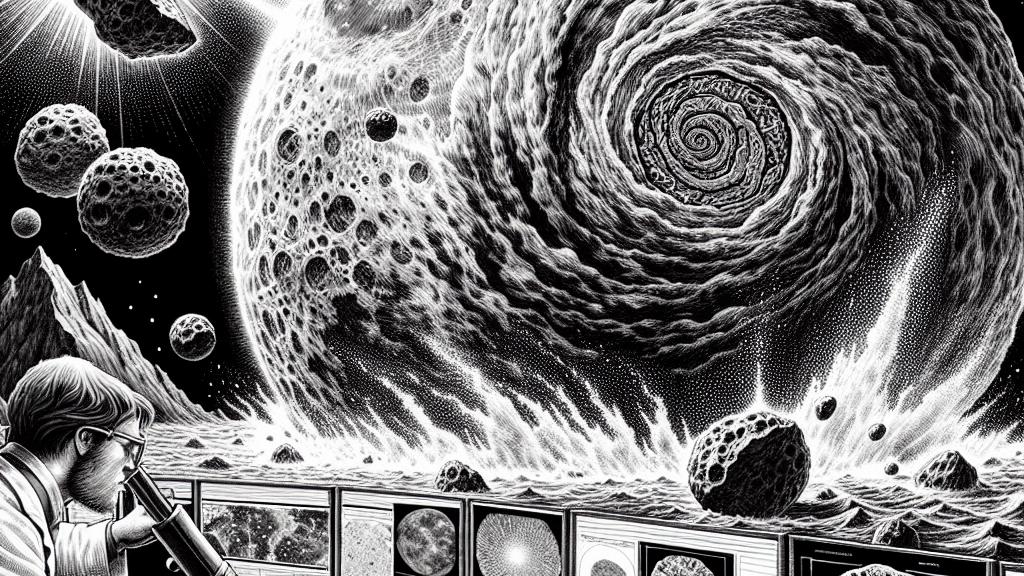New Study Reveals How the Moon Formed and Where Earth's Water Came From
Overview
- Recent research indicates the Moon originated from Earth's own materials, not a foreign body.
- Oxygen isotopes unveil a deep connection between Earth and the Moon's composition.
- This evidence suggests Earth's water arrived much earlier than impact theories propose.

Moon Formation Insights
In an astonishing breakthrough, researchers at the University of Göttingen have discovered that the Moon might actually be a piece of Earth that was ejected into space! This discovery, published in the Proceedings of the National Academy of Sciences, comes from a meticulous analysis of oxygen isotopes found in 14 lunar samples. These isotopes closely match those from Earth, igniting a fresh perspective on the Moon's origin. Isn’t it fascinating to realize that our Moon may have once been part of our planet? This investigation not only challenges old beliefs but opens exciting new avenues to explore our shared cosmic history!
Water's Early Role
Moreover, this revelation has captivating implications for the story of Earth’s water. For decades, scientists have argued that our water arrived after the Moon had formed, delivered by numerous meteoric impacts. However, when researchers dug deeper into the data, they unearthed intriguing evidence related to a group of meteorites known as 'enstatite chondrites.' These special meteorites are not just water-rich; they also share a similar isotopic signature with Earth. This leads us to ponder: could Earth's water have originated from the same materials that formed both the planet and the Moon? The thought of our life-giving water being intertwined with the material of our Moon is nothing short of poetic!
Revisiting the Giant Impact Theory
What’s truly captivating is how these findings challenge the longstanding Giant Impact Hypothesis. This theory suggested that the Moon resulted from a colossal collision with a Mars-sized body called Theia. But, if Theia had a distinct composition, why do we see such similar isotopes between Earth and the Moon? The overwhelming resemblance in their isotopic makeup suggests a much more intertwined relationship: rather than simply colliding bodies, they might actually be cosmic siblings! It’s incredible to think that the Moon could simply be a fragment of Earth's own mantle, continuously orbiting us rather than being an outsider that crashed into our world. This new perspective not only reshapes our understanding of lunar origins but also enriches the remarkable narrative of our planetary system.

Loading...